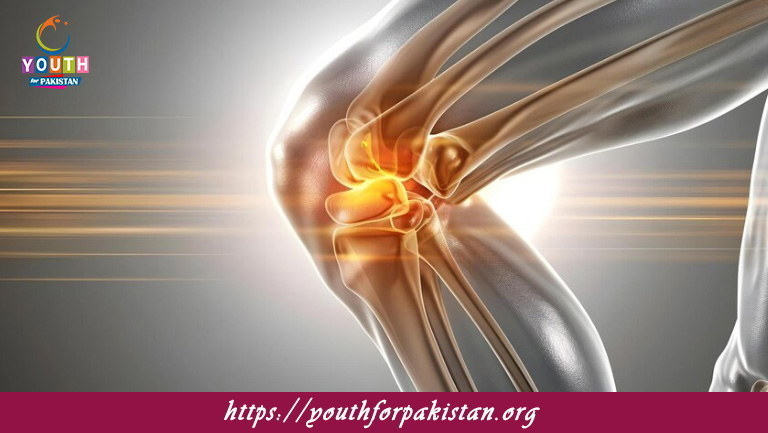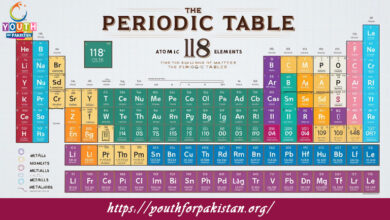Cartilage MDCAT MCQs with Answers

Welcome to the Cartilage MDCAT MCQs with Answers. In this post, we have shared Cartilage Multiple Choice Questions and Answers for PMC MDCAT 2024. Each question in MDCAT Biology offers a chance to enhance your knowledge regarding Cartilage MCQs in this MDCAT Online Test.
Cartilage is a type of: a) Muscle tissue
b) Nervous tissue
c) Connective tissue
d) Epithelial tissue
Cartilage lacks: a) Blood vessels
b) Collagen fibers
c) Elastic fibers
d) Bone cells
The most abundant type of cartilage in the human body is: a) Hyaline cartilage
b) Elastic cartilage
c) Fibrocartilage
d) Calcified cartilage
Which of the following cartilage types is found in the intervertebral discs? a) Hyaline cartilage
b) Elastic cartilage
c) Fibrocartilage
d) Articular cartilage
The flexible cartilage found in the outer ear is: a) Hyaline cartilage
b) Elastic cartilage
c) Fibrocartilage
d) Calcified cartilage
The cartilage at the ends of long bones is called: a) Articular cartilage
b) Elastic cartilage
c) Fibrocartilage
d) Calcified cartilage
Cartilage cells are known as: a) Osteocytes
b) Chondrocytes
c) Myocytes
d) Fibrocytes
The perichondrium is: a) A type of cartilage
b) The outer membrane surrounding cartilage
c) The innermost layer of cartilage
d) The cartilage cells
Which type of cartilage has a glass-like appearance? a) Hyaline cartilage
b) Elastic cartilage
c) Fibrocartilage
d) Calcified cartilage
Elastic cartilage is most commonly found in: a) Trachea
b) Epiglottis
c) Nose
d) Ribs
Which type of cartilage is the most flexible? a) Hyaline cartilage
b) Elastic cartilage
c) Fibrocartilage
d) Calcified cartilage
Cartilage is primarily composed of: a) Cells and protein fibers
b) Muscle fibers and nerves
c) Blood vessels and nerves
d) Bone cells and protein
Which of the following does NOT contain cartilage? a) Nose
b) Ear
c) Knee joint
d) Brain
Hyaline cartilage is found in: a) Ear
b) Nose
c) Rib cage
d) Intervertebral discs
Fibrocartilage provides: a) Flexibility
b) Elasticity
c) Strength and rigidity
d) Movement
The growth of cartilage occurs by: a) Appositional growth
b) Interstitial growth
c) Both a and b
d) None of the above
Cartilage is most abundant in: a) Embryos
b) Adults
c) Elderly individuals
d) None of the above
Which of the following is a characteristic of cartilage? a) It contains blood vessels
b) It contains nerves
c) It is avascular
d) It regenerates quickly
The cartilage in the knee joint is called: a) Hyaline cartilage
b) Fibrocartilage
c) Meniscus
d) Calcified cartilage
Which of the following cells are responsible for cartilage formation? a) Osteoblasts
b) Chondroblasts
c) Fibroblasts
d) Adipocytes
Cartilage that can withstand both tension and compression is: a) Hyaline cartilage
b) Fibrocartilage
c) Elastic cartilage
d) Articular cartilage
Cartilage is composed of: a) Only cells
b) Only fibers
c) Cells, fibers, and ground substance
d) Only ground substance
Which type of cartilage forms the fetal skeleton? a) Elastic cartilage
b) Fibrocartilage
c) Hyaline cartilage
d) Calcified cartilage
Articular cartilage is found: a) In the brain
b) At the ends of bones
c) In the spinal cord
d) In the liver
The cartilage in the external nose is: a) Hyaline cartilage
b) Elastic cartilage
c) Fibrocartilage
d) Calcified cartilage
Cartilage in the larynx is primarily: a) Hyaline cartilage
b) Elastic cartilage
c) Fibrocartilage
d) Calcified cartilage
The intervertebral discs are made of: a) Hyaline cartilage
b) Elastic cartilage
c) Fibrocartilage
d) Calcified cartilage
The cartilage of the ear and epiglottis is: a) Hyaline cartilage
b) Fibrocartilage
c) Elastic cartilage
d) Calcified cartilage
Chondrocytes are found in: a) Blood
b) Bone
c) Cartilage
d) Muscle
Perichondrium is absent in: a) Elastic cartilage
b) Hyaline cartilage
c) Articular cartilage
d) Calcified cartilage
The growth of cartilage by division of chondrocytes is called: a) Appositional growth
b) Interstitial growth
c) Intramembranous growth
d) Endochondral growth
The tracheal rings are made of: a) Fibrocartilage
b) Elastic cartilage
c) Hyaline cartilage
d) Calcified cartilage
The role of cartilage in joints is to: a) Provide nutrients
b) Cushion and reduce friction
c) Regenerate bone
d) Strengthen bones
Which cartilage has a high degree of flexibility? a) Fibrocartilage
b) Elastic cartilage
c) Hyaline cartilage
d) Calcified cartilage
The nose tip is made up of: a) Elastic cartilage
b) Fibrocartilage
c) Hyaline cartilage
d) Calcified cartilage
The epiglottis contains: a) Fibrocartilage
b) Elastic cartilage
c) Hyaline cartilage
d) Calcified cartilage
Which type of cartilage can resist compression? a) Fibrocartilage
b) Elastic cartilage
c) Hyaline cartilage
d) Calcified cartilage
The primary function of cartilage is: a) Protection
b) Support and flexibility
c) Mineral storage
d) Blood cell formation
If you are interested to enhance your knowledge regarding Physics, Chemistry, Computer, and Biology please click on the link of each category, you will be redirected to dedicated website for each category.





